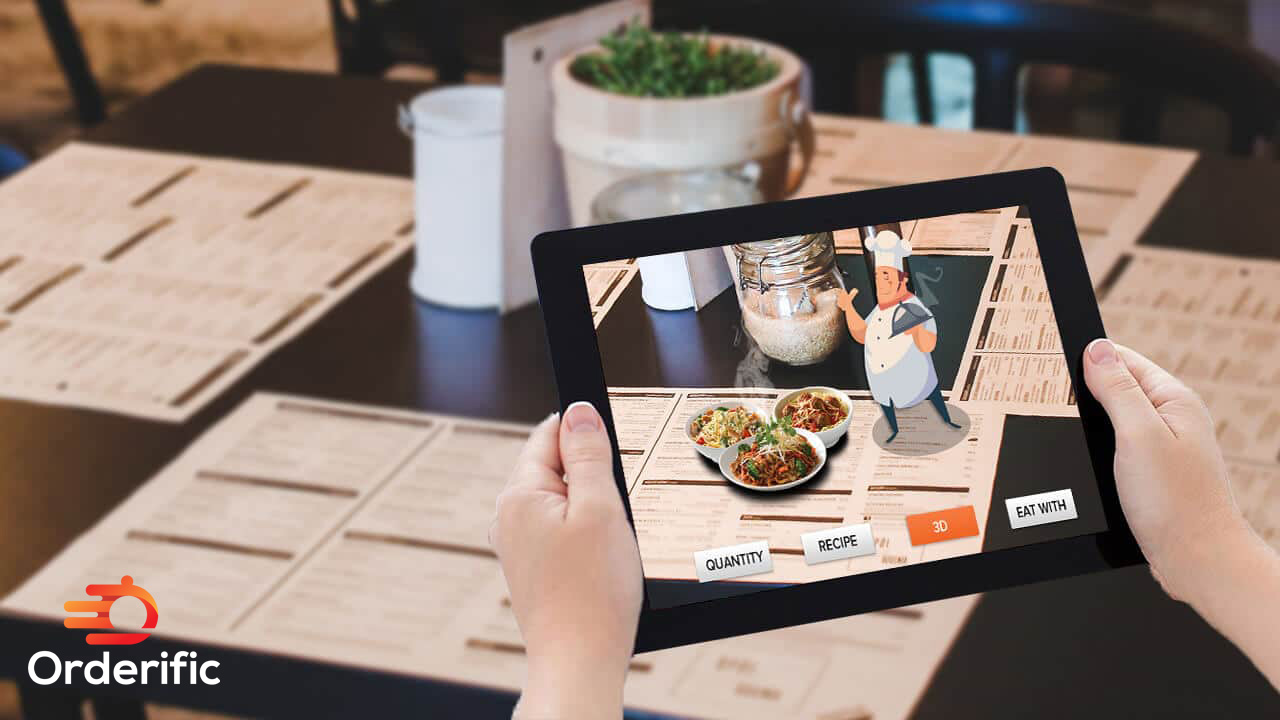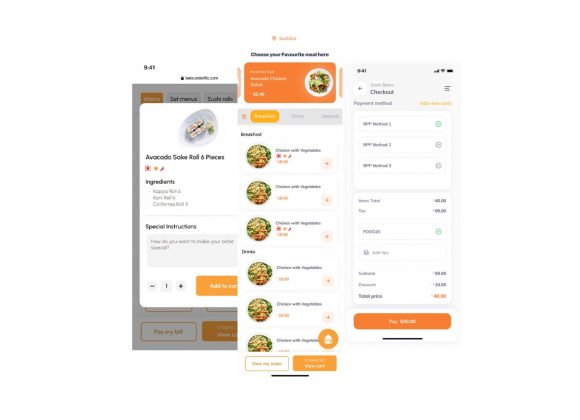
Many people are going on a gluten-free diet, from celebrities to pro athletes, due to the benefits of improved health, weight loss, and increased energy. But this diet is not recommended for everyone due to the risks of cutting gluten from a healthy diet plan.
Withdrawing gluten from your diet can change your overall fiber, vitamin, and mineral intake. Therefore, before following a gluten-free diet, understand how it can affect your total nutritional needs.
What is a gluten-free diet?
Gluten is a protein found in wheat and its other forms and varieties. A gluten-free diet involves eating foods that don’t contain gluten, such as fruits, vegetables, meat, eggs, and gluten-free bread or pasta.
Gluten is added to some foods during processing or as a binding, thickening, coloring, or flavoring agent. You can find them in everything from soy sauce and ice cream to certain medications and dietary supplements.
Who should eat a gluten-free diet?
A gluten-free diet helps people manage the following medical conditions:
1. Celiac disease
Celiac is an autoimmune disorder in which gluten triggers immune system activity that damages the lining of the small intestine, causing belly pain, nausea, bloating, or diarrhea.
Globally, around 1% of people have celiac disease. People with this disease can’t digest gluten in any form and follow a gluten-free diet for the rest of their lives.
2. Gluten sensitivity
Gluten sensitivity has similar symptoms to celiac disease, including abdominal pain, bloating, diarrhea, constipation, fatigue, or gas. However, there is no damage to the small intestine tissues.
Gluten intolerance has around 200 potential symptoms. People with gluten intolerance temporarily cut gluten from their diets to avoid gut irritation.
If you think you have a gluten intolerance, consult a physician or registered dietitian to discuss your symptoms.
3. Gluten ataxia
Gluten ataxia is an autoimmune disorder in which gluten affects some nerve tissues causing issues with muscle control and movement.
4. Wheat allergies
Wheat allergy is an immune system response to gluten or some other protein found in wheat that can cause congestion, breathing difficulties, skin rashes, headache, or sneezing.
People with a wheat allergy can still eat gluten in other grains, including barley, rye, oat, or quinoa.
What to look for on food labels
If you are gluten sensitive, it’s vital to read the ingredient labels of food items to determine if they contain gluten. According to the Food and Drug Administration, all foods labeled as gluten-free should include less than 20 parts per million gluten.
If the gluten content is not determined, the food label must state that the food may contain some gluten.
Research shows that most people with celiac disease can handle small (<20 ppm) amounts of gluten without ill effects. Foods with gluten-free labels may include:
- Naturally gluten-free food.
- Prepared food without a gluten-containing ingredient.
- Food that has not been cross-contaminated with gluten-containing ingredients during food preparation.
- Food with a gluten-containing ingredient processed or treated to remove gluten.
Can gluten-free diets help to lose weight?
A gluten-free diet can often help lose weight because it eliminates processed foods and refined carbohydrates containing gluten. People can also lose weight by eating better if they don’t want to remove gluten from their diet.
If you want to adopt a gluten-free diet to lose weight, you must eat plenty of whole foods, fruits, vegetables, and lean proteins to include the required body nutrition.
Some people report different symptoms when they switch over to a gluten-free diet. However, these symptoms usually go away after a few weeks but talk to your dietician if they persist.
Gluten-Free Foods:
- Rice, quinoa, millet, oats, teff, corn, buckwheat, potatoes, and potato flour are gluten-free grains.
- All fresh, whole vegetables and fruits are naturally gluten-free
- Both animals and vegetables are naturally gluten-free proteins. However, ingredients like fillers and flavor enhancers (including spices and sauces) can add gluten to your meats and veggie proteins.
- Water is naturally gluten-free and the best way to stay hydrated. There are plenty of gluten-free beverages, but always check the ingredients, as preparation and blends may contain gluten.
- Cornstarch, Potato starch/potato starch flour, distilled vinegar, mono- and diglycerides, oat gum, citric acid, lactic acid, and malic acid are gluten-free ingredients.
What to avoid:
- Processed, dried, and frozen vegetables prepared or preserved with gluten-containing ingredients.
- Canned, dried, and frozen fruits due to added gluten-containing ingredients during the process.
- Processed meats may have gluten, so check the ingredient list carefully.
- Hydrolyzed wheat protein
- Modified food starch
- Malt
- Gluten stabilizer
- Maltodextrin made from wheat
Risks of a gluten-free diet
Whole grains can help in lowering cholesterol levels and regulating blood sugar. Also, some gluten-containing foods are good sources of fiber and essential vitamins and minerals.
Some 25% of Americans follow a gluten-free diet. But people who follow a gluten-free diet can miss out on nutritious whole grains, fiber, and micronutrients leading to heart disease or diabetes.
Consuming processed gluten-free foods can lead to weight gain, blood sugar swings, high blood pressure, and other problems. So, a gluten-free label doesn’t necessarily make food healthy.
If you also want to try a gluten-free diet, talk to a physician or a registered dietitian. They can guide you to have a balanced diet that meets your unique nutritional needs.
How Orderific can help restaurants
Orderific leverages the best technologies to enhance your customers’ experience at every level. It is an easy-to-use free web-based service that does not require heavy software downloads.
Orderific can increase your chance of success and profitability by offering:
- Digital menus for tableside ordering
- Integrating payments with loyalty programs
- Efficient POS systems for inventory management
- A free website builder for marketing and promotions
- Menu customization for better offerings
- Accurate insights and reports to make informed decisions
Customers can use Orderific to:
- Get fast service and delivery
- Customize their orders
- Access QR code menus
- Avoid waiting for their order
- Order and pay online
- Get coupons and discounts while exploring the digital menu
- Sign up for loyalty programs
Download the app to connect with our team to discuss the benefits in detail.
Conclusion
The global market for gluten-free food is projected to reach $14 billion by 2032, which is more than double the 2022 market value.
A survey of people on gluten-free diets shows that gluten-free foods are helping people to overcome wheat sensitivity and leverage other health benefits. According to the survey
- 54% of people get their symptoms cured completely.
- 33% of people feel mostly better.
- 10% of people feel somewhat better.
- 3% of people don’t feel better at all.
Though the reasons people remove gluten from their diet may vary, studies have proven that people who switch to a gluten-free diet enjoy several health benefits.
Visit Orderific for more insightful information!












